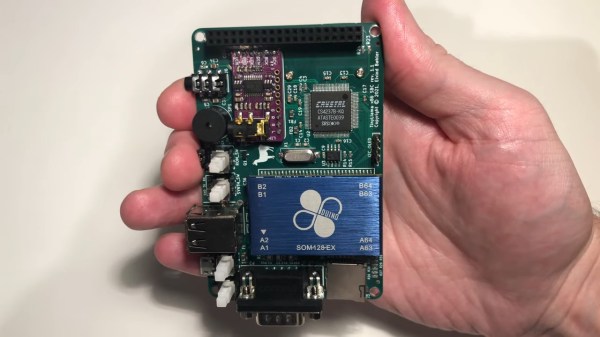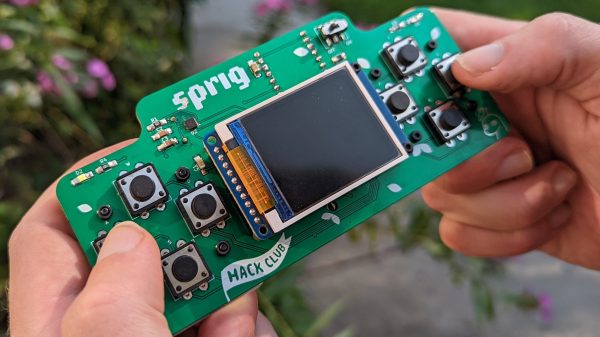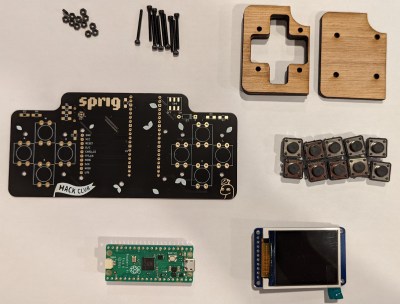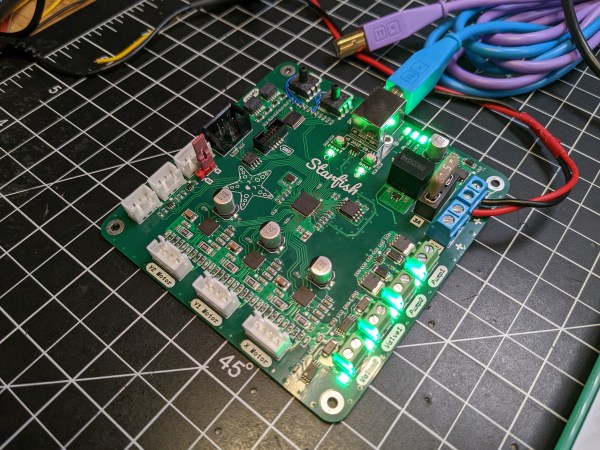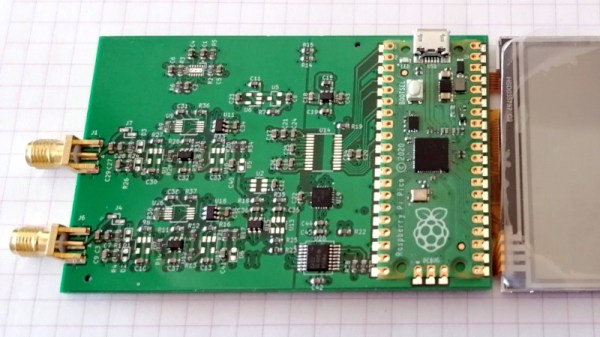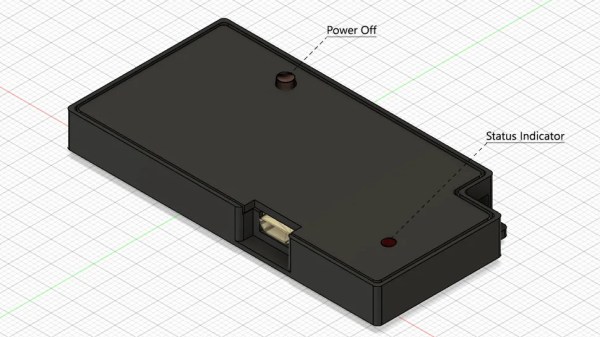[Jessp] has created a very cute and endearing DIY virtual assistant called Maria. The build combines a 3D printed housing that uses a modern take on the “Pepper’s Ghost” illusion to render a virtual, three-dimensional anime inspired assistant that can take commands to get information about the weather, play music or set timers.
The hub houses a Raspberry Pi 4B and a 3.2 inch LCD HDMI screen mounted flat on its back to render the perspective corrected “Maria” character using a technique borrowed from the Pepper’s Cone project. Polycarbonate sheets are formed into a cone, allowing for the 3D effect of rendering the virtual assistant model. A consumer grade mini USB microphone is used to receive voice commands along with a consumer grade USB speaker for audio feedback. The virtual assistant offloads the text to speech services to Google Cloud, along with using a weather API and Spotify developer account to for its musical options.
All source code is available on [Jessp]’s GitHub page, including build instructions and STL files for the housing. We’ve featured open source voice assistants in the past, including Mycroft and a even a HAL-9000 virtual assistant (running Kalliope) but it’s nice to see further experimentation in this space.
Continue reading “Anime Inspired Holographic Virtual Assistant”


